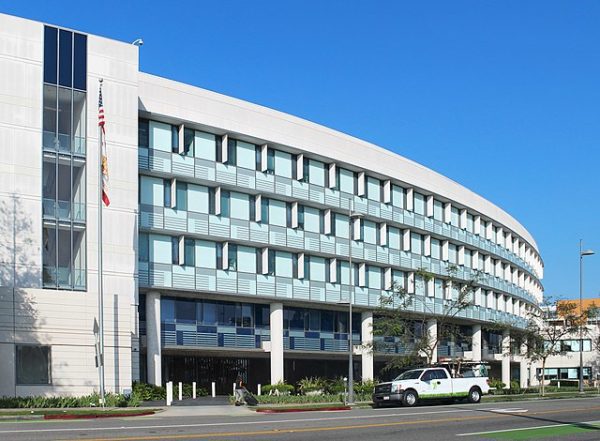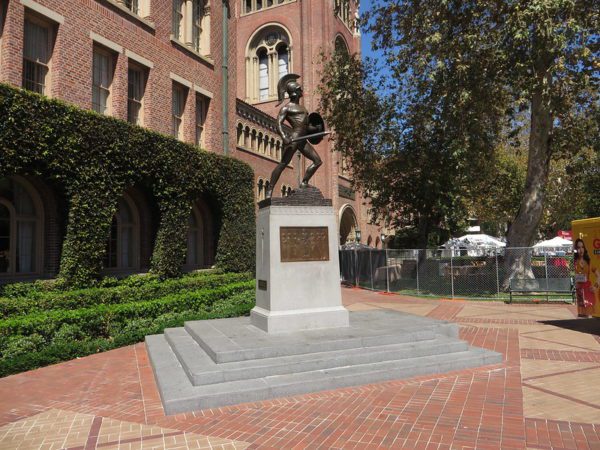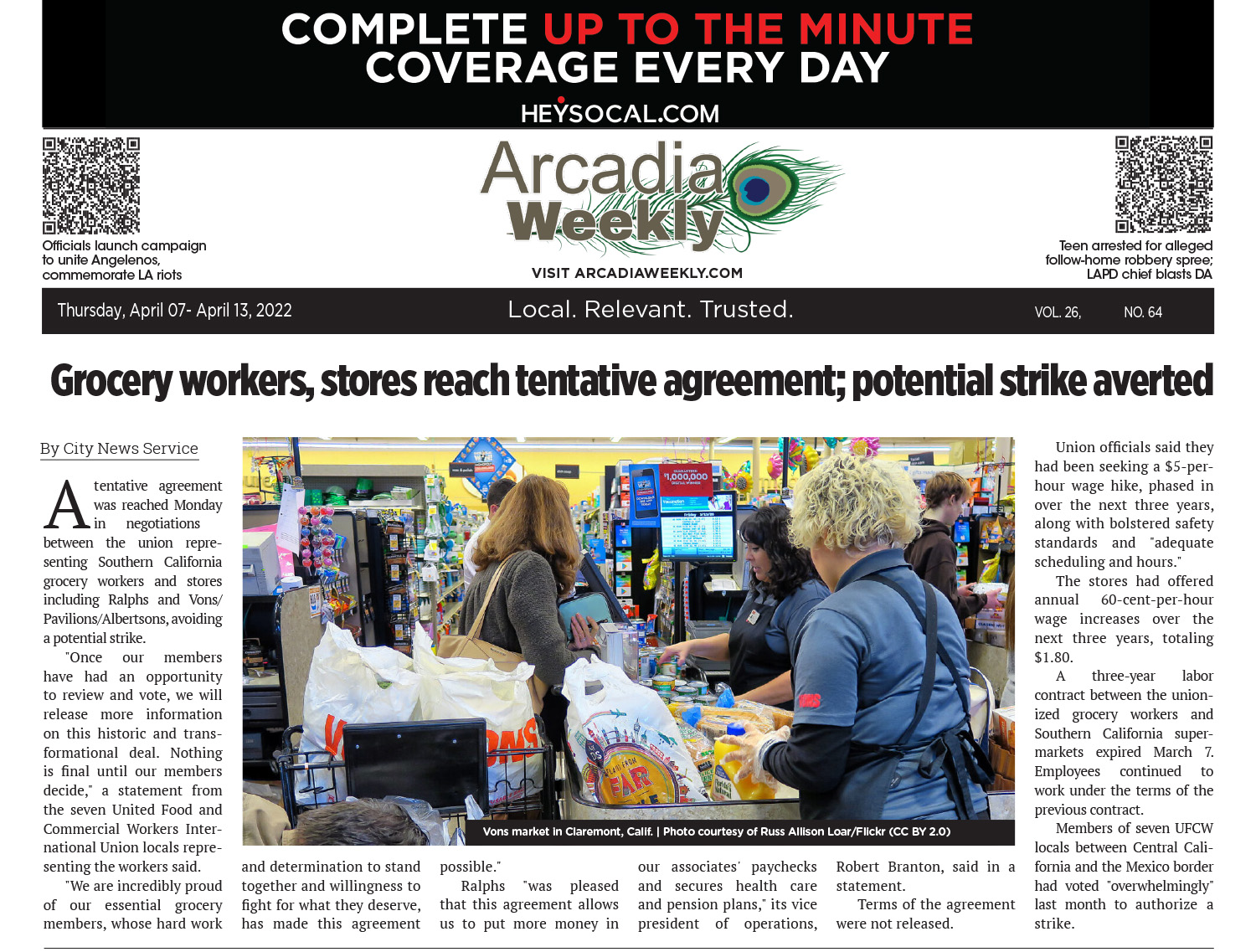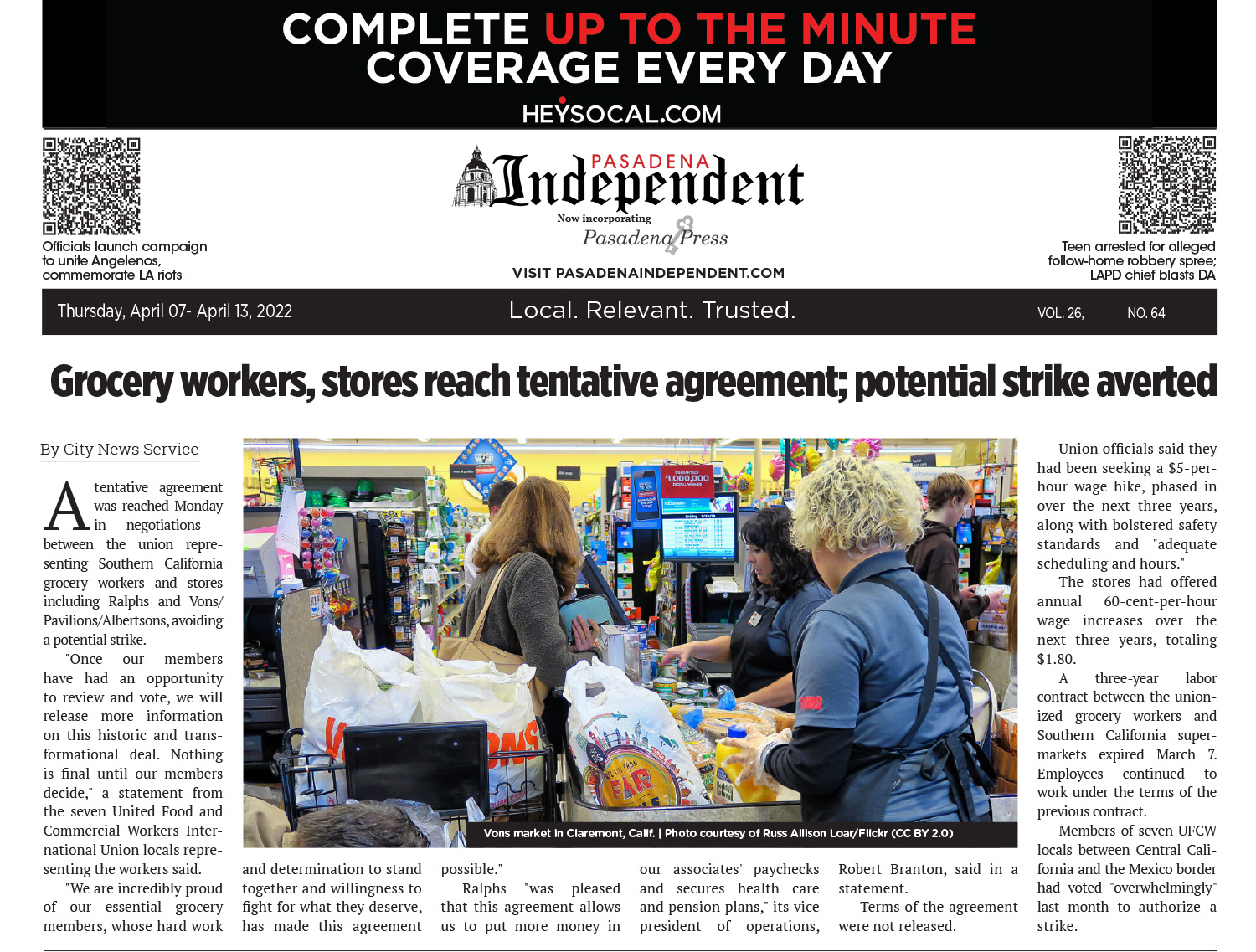Repurposing underutilized commercial properties could alleviate Los Angeles County’s housing shortage by providing between 9% and 14% of the housing the county needs to build over the next eight years, according to a report released Wednesday by the Santa Monica-based RAND Corp.
The report — titled “Can Adaptive Reuse of Underutilized Commercial Real Estate Address the Housing Crisis in Los Angeles?” — found that converting hotels and motels into housing through adaptive reuse is the most feasible way to utilize commercial properties, as developers could convert existing rooms directly into housing units.
“Repurposing commercial buildings to help address Los Angeles County’s housing shortage is a compelling idea, but the economics and logistics of such projects are complex,” Jason Ward, the study’s lead author and an economist at RAND, a nonprofit think tank, said in a statement.
“Significant incentives for the conversion of these properties to both market-rate and affordable housing may be needed to realize the full potential of adaptive reuse.”
The report credits a 1999 adaptive reuse ordinance in downtown Los Angeles for redeveloping vacant buildings that would have previously been too costly and time-consuming to redevelop into residences. Researchers said about one-third of the approximately 37,000 new housing units developed in the downtown area since 2000 were created through adaptive reuse.
According to the report, there are about 2,300 commercial properties that could potentially create between 72,000 and 113,000 units of housing in Los Angeles County. The figures account for between 9% and 14% of the housing that needs to be produced in the next eight years according the statewide Regional Housing Needs Assessment process.
While converting hotel and motel properties into housing was deemed as being the most feasible, the feasibility of adapting office properties into residential units would depend on the area and size. It found that larger apartments would be generally unfeasible financially, but denser studio apartments would be more promising.
The RAND Corp. also developed a ranking of Los Angeles neighborhoods and adjacent cities based on their desirability for new housing, employment density, rent levels, access to quality transit and commute times. Hotel and motel properties are primarily located in areas that ranked low on the list, while office properties were commonly in higher-ranked neighborhoods, according to RAND.
“Incorporating social and environmental criteria in the siting of potential housing around the region reveals that there is a significant disconnect between projects that might be financially feasible at market prices and projects that would further these larger goals,” Ward said. “This suggests that there may be a significant role for financial and regulatory incentives to help ensure that new housing can be created where it is most sorely needed.”
The report also recommended regulatory reforms it said would spur adaptive reuse, including providing formal guidance about applicability of alternative building codes and locking in building codes and code guidance for the life of an adaptive reuse project at time of approval.







